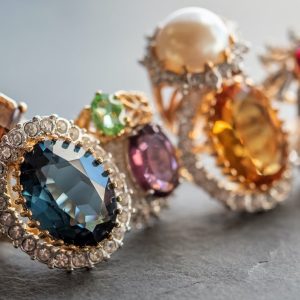Application of crystal in modern technology
Crystals play a crucial role in many areas of modern technology due to their unique physical, optical, electrical, and structural properties. Here are some key applications:
1. Electronics and Communication
- Quartz Crystals: Used in oscillators to regulate frequencies in watches, clocks, radios, smartphones, GPS, and computers.
- Piezoelectric Crystals: Convert mechanical pressure into electrical signals and vice versa. Common in microphones, sensors, actuators, and ultrasound equipment.
- Semiconductor Crystals (e.g., Silicon, Gallium Arsenide): The backbone of modern electronics—used in CPUs, memory chips, solar cells, and LEDs.
2. Optics and Photonics
- Laser Crystals (e.g., YAG, Ti:Sapphire): Used as gain media in high-powered lasers.
- Nonlinear Optical Crystals (e.g., BBO, KTP): Enable frequency conversion (e.g., generating green laser light from infrared sources).
- Liquid Crystals: Used in LCD screens found in TVs, monitors, smartphones, and digital watches.
3. Medical Technology
- X-ray Crystallography: Uses crystal diffraction to determine the molecular structure of biomolecules like DNA and proteins.
- Ultrasound Devices: Rely on piezoelectric crystals to generate and detect sound waves.
4. Energy and Sustainability
- Photovoltaic Crystals: Crystalline silicon is the most common material in solar panels.
- Thermoelectric Crystals: Convert temperature differences into electricity (used in specialized generators and cooling devices).
5. Quantum Computing and Advanced Research
- Diamond Crystals with Nitrogen-Vacancy (NV) Centers: Used in quantum sensors and as qubits in experimental quantum computers.
- Superconducting Crystals: Certain crystals, when cooled, exhibit zero resistance and are used in MRI machines, maglev trains, and experimental quantum systems.


Leave a Reply
Want to join the discussion?Feel free to contribute!